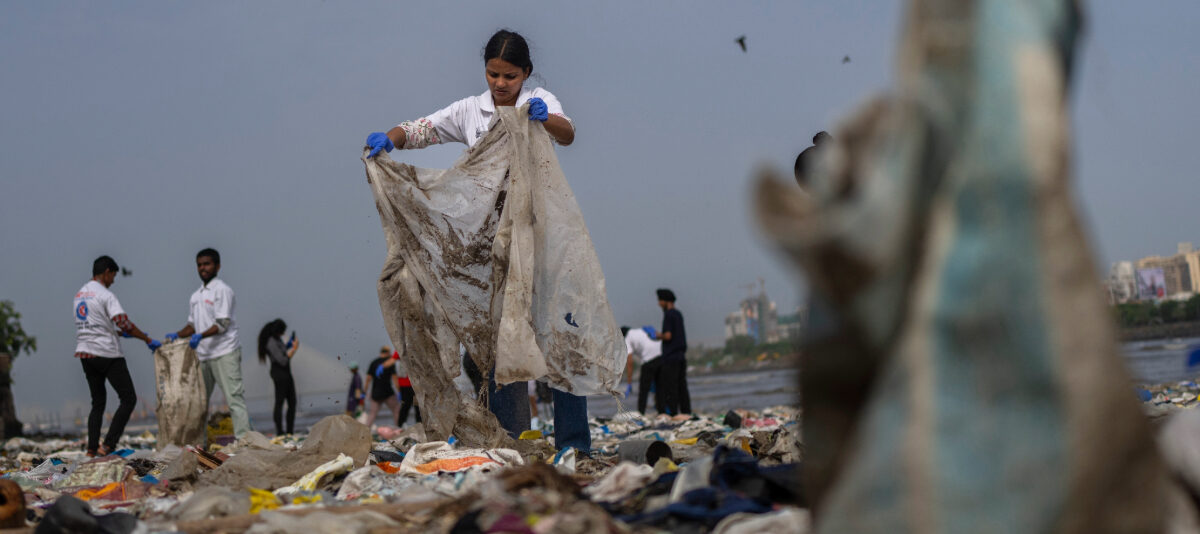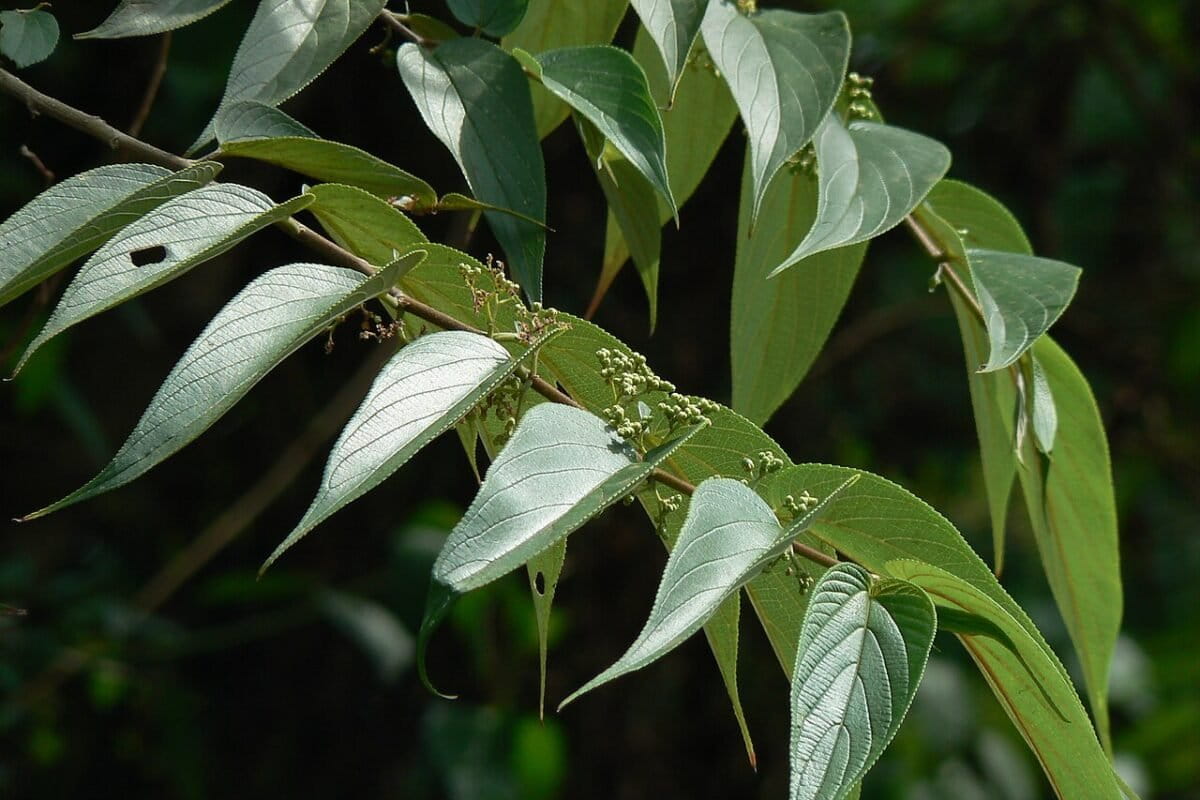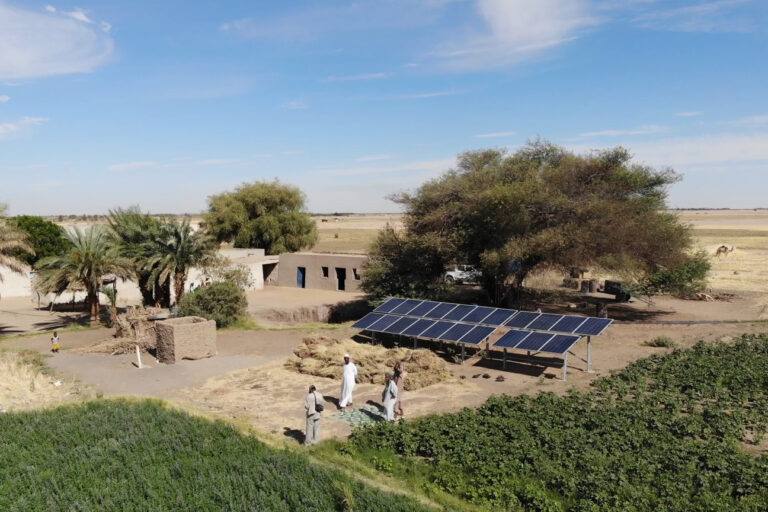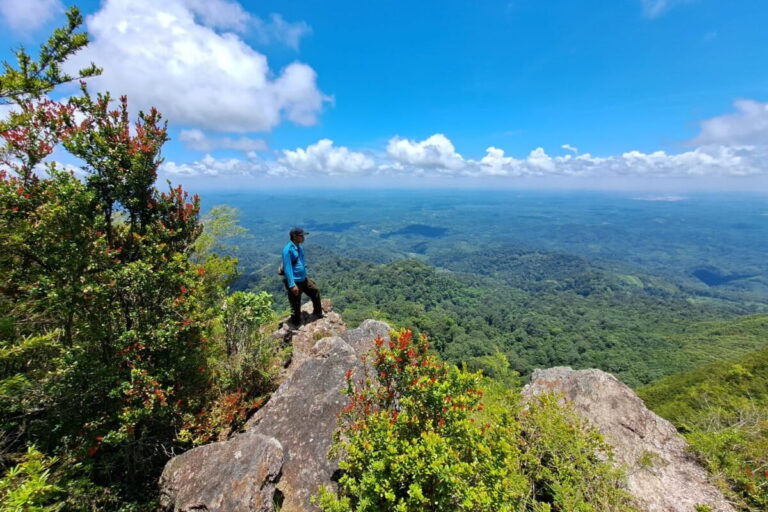- Police had been tracking the men’s activities for years but needed more evidence to build a solid case.
- Finally they were able to catch the men trying to sell tiger parts in a sting operation.
- Only a few hundred Sumatran tigers remain in the wild.
A sting operation brought down a pair of prominent wildlife criminals in southwestern Sumatra last week. Posing as buyers, authorities caught the men trying to sell tiger skins, bones and teeth.
The men presided over the biggest animal poaching and trafficking network in the Mukomuko area of Bengkulu province, according to the police.
“We’ve been following their illegal activities since 2011,” Mukomuko Police spokesman Welman Seri said. “They’ve already sold eight Sumatran tigers.”
Only 163 Sumatran tigers (Panthera tigris sumatrae), a critically endangered species, are thought to remain in Bengkulu’s Kerinci Seblat National Park. Conservationists put the total population at around 500.

Police met the first man at a crowded restaurant. Later they moved to a hotel. Along the way they showed him the money, 60 million rupiah ($4,329), and the man called his colleague to deliver the goods via an intermediary. Police eventually persuaded the colleague to come himself. That’s when they made the arrest. The intermediary was later deemed to have no knowledge of the crime and released.
National park authorities assisted the police in the multiyear investigation. “This is an international crime that harms Indonesia,” said Debby Martyr, a tiger conservationist in Kerinci Seblat. “Indonesian citizens are exploited by immoral people.”
Tiger parts are highly sought after by Asia’s rising middle class and elites. Sometimes they are used in medicine. Other times for things like tiger skin rugs and tiger bone wine.
Conservationists hope the Sumatran tiger does not go the way of is Javan cousin (Panthera tigris sondaica), which died out in the mid-1970s. The Bali tiger (Panthera tigris balica) has also gone extinct.

CITATION: Dedek Hendry. “Jahat! Sudah 8 Harimau Sumatera yang Dijual Jaringan Mukomuko Ini.” Mongabay-Indonesia. 10 January 2016













